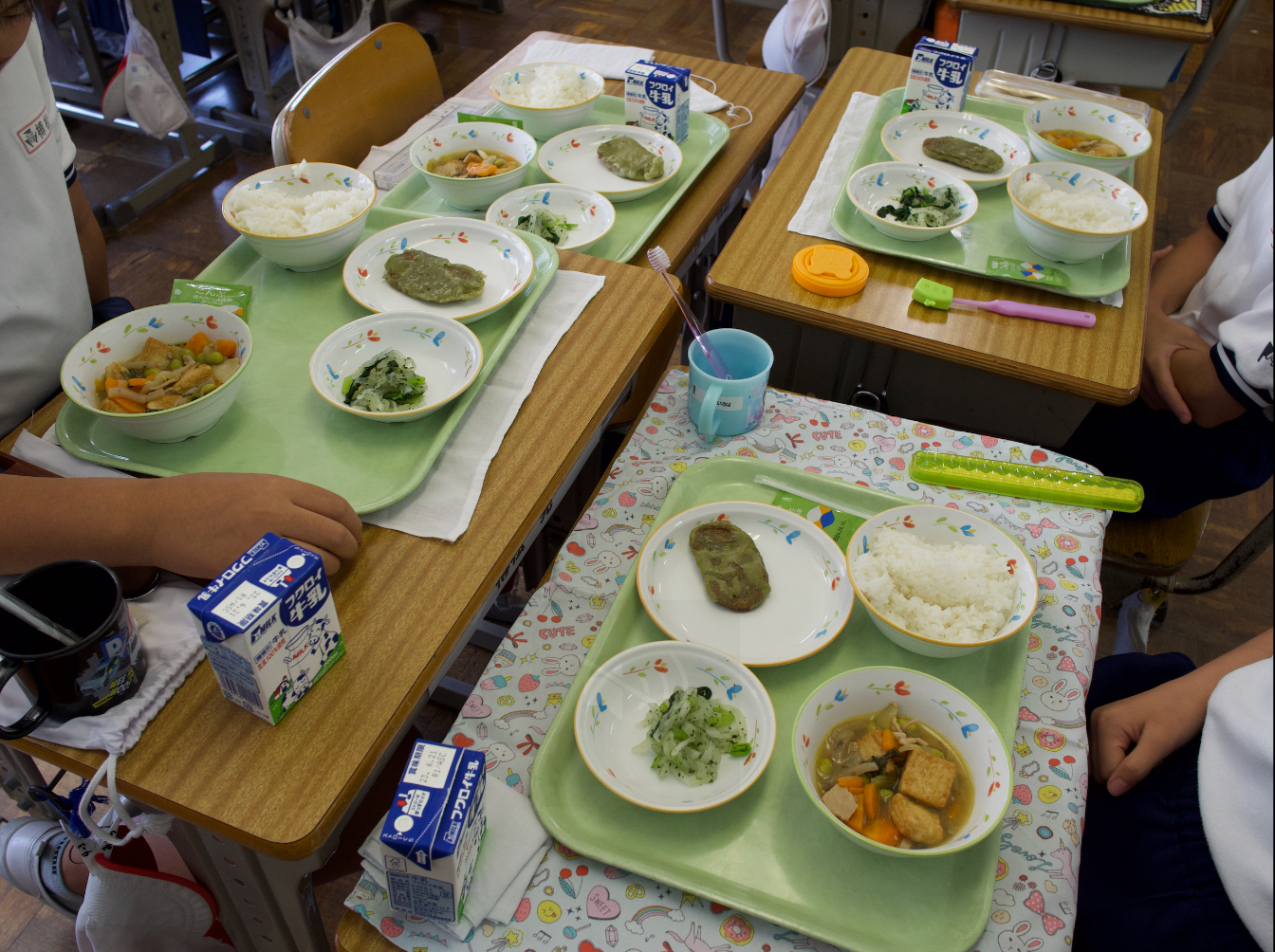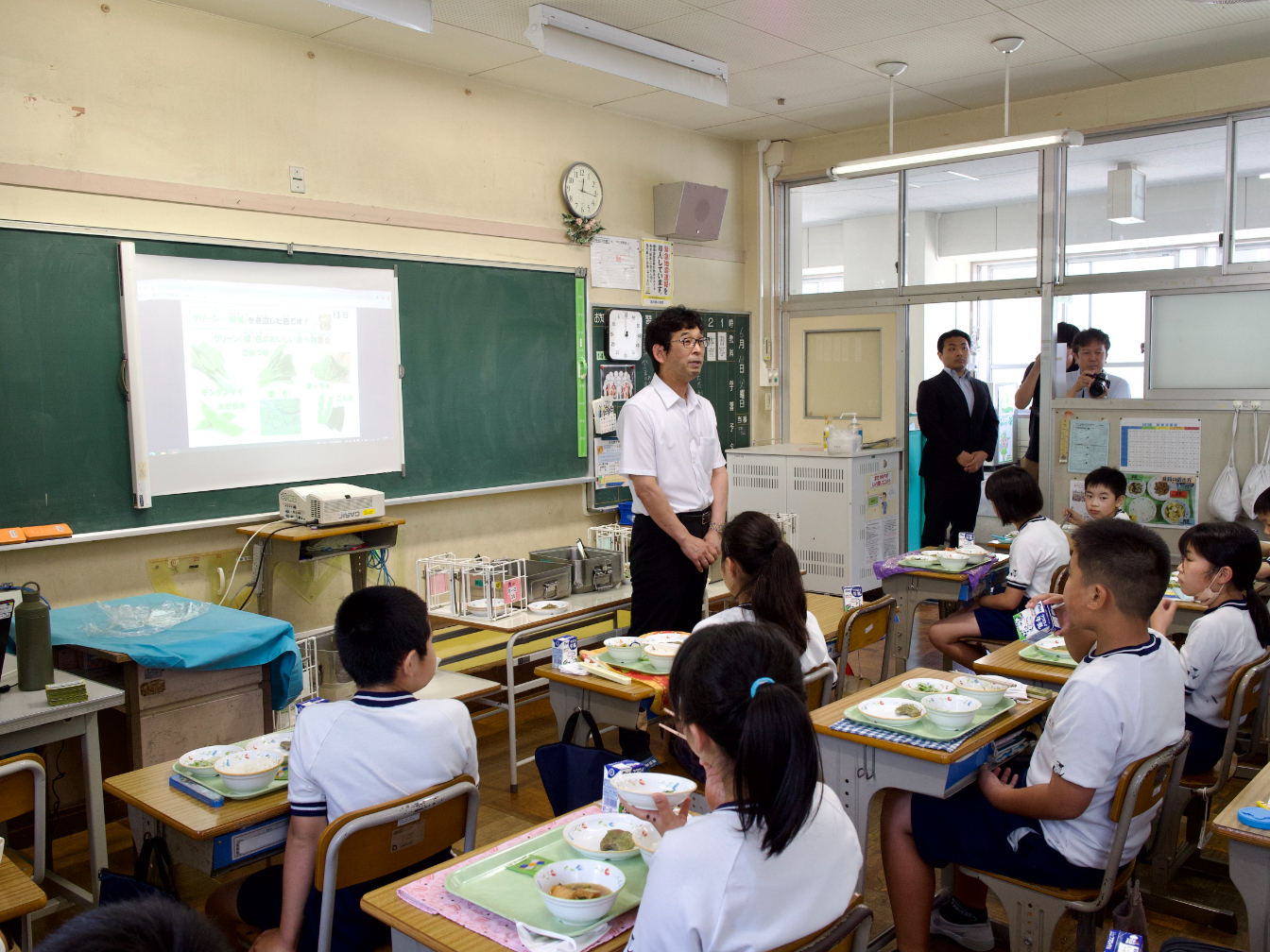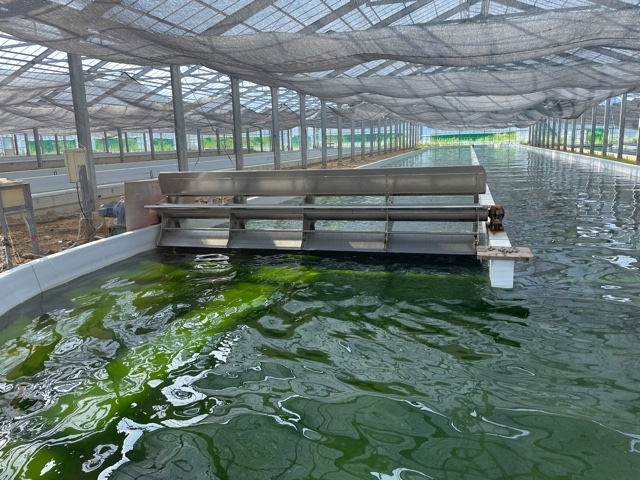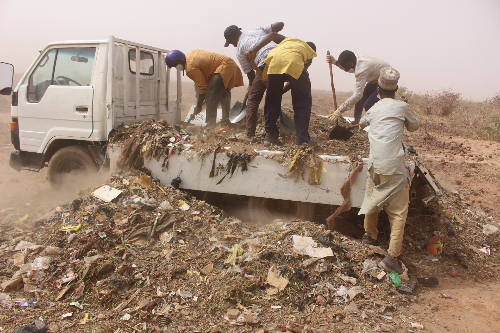J-STORIES - A Japanese company is putting a new spin on an old foodstuff in an attempt to find a superfood that can circumvent modern-day threats to global food security.
The Ishinomaki-based Ebis Algae has been working with Fukuroi City in Shizuoka Pref. to create a unique food education program that incorporates algae into school lunches in an attempt to encourage local schoolchildren to see algae as a normal part of their diet.
A rich source of protein, vitamins and minerals, algae has been part of the human diet since ancient times. Now there is potential for it to play a much bigger role, as climate change acceleration and geopolitical risk such as the conflict in Ukraine have raised concerns about the global food supply’s ability to keep up with demand.
Many experts warn that food production may not be able to feed the world’s growing population. Some even predict a “protein crisis” by 2050.
In response to this, the “food tech” industry’s efforts to develop and commercialize new nutritional sources are gathering speed. These include such environmentally friendly innovations as soybean-based meat substitutes and the farming of edible insects.
Another foodstuff attracting attention recently is algae, which has long been used in other industries such as fish farming, but is being touted as the next superfood for human consumption. “Pretty soon, a time will come when we will get our nutrition from algae,” Ryoji Terai, president of Ebis Algae, told J-Stories.
Terai's “Green School Lunch” school lunch program in Fukuroi was offered at 28 elementary and junior high schools, kindergartens, and preschools. In total 9,250 meals incorporating algae were served. According to Terai, the children particularly enjoyed tucking into a dish called “fried black fish cake with algae.”
Specifically, the project dished up a type of microalgae from a genus called nannochloropsis. As well as being high in protein, this particular microalgae contains a large amount of eicosapentaenoic acid (EPA), an omega-3 fatty acid that is effective at thinning the blood and preventing heart disease, arteriosclerosis and strokes.

In recent years, manufacturers in the food and beverages sector in other countries, such as the United States, have been increasing the adoption of microalgae to provide omega-3 fatty acids, protein, and other nutrition in foods such as energy bars and other high-nutrient supplements. They are also being employed in pharmaceuticals and cosmetics, as well as in biofuels, among other applications. This has driven market growth, with Globe Newswire reporting that the global market is projected to reach a valuation of US$ 25.4 billion in 2023.
However, Terai believes his company is the first in the world to use algae in school lunches. And while he admits to have been a little unsure about how the children would react the new taste, many students asked for second helpings. Some commented that it tasted like green laver seaweed, a popular food in Japan and other east Asian countries, but which is also widely used to make Laverbread in parts of Britain, especially Wales.
The new foodstuff’s popularity has led Fukuroi to make it a standard part of its school menus. This has encouraged Ebis Algae to expand its projects across Japan, starting with its home base of Ishinomaki in the Tohoku region of northeastern Japan.
The company has the only technology for large-scale cultivation of nannochloropsis in Japan and is currently working with major food manufacturer Kyokuyo to develop nannochloropsis-based products.

Edible insects have also been attracting attention as a future source of protein, but proved less popular when cricket powder was recently tested in school lunches.
Algae, on the other hand, experienced few such problems and has been shown to be highly nutritious. Nannochloropsis also grows in seawater, giving it a significant advantage over other edible algae candidates such as chlorella and euglena, which are cultivated in freshwaters that are predicted to be in short supply in the future.
The EPA in nannochloropsis is also found in fish oil from freshwater fatty fishes such as sardines and salmon that themselves eat algae. While fish oil is a popular health supplement, obtaining EPA directly from algae is more efficient and environmentally friendly.

Ebis Algae is also working with a Greek biotechnology company that is constructing a large algae cultivation facility. Their technological cooperation also involves hosting trainees from Greece in Japan.
Amid growing interest in nannochloropsis from food, pharmaceutical and aquaculture industries, challenges for the future are to establish mass production and keep down cultivation costs. To make that happen, Terai hopes to work with more companies and organizations both in Japan and abroad.
“I believe that nannochloropsis will save the world,” he said.
Translation and editing by Tony McNicol
Top page photo by Ebis Algae
For inquires about this article, please contact us at jstories@pacificbridge.jp
***
Click here for the Japanese version of the article.





![[Podcast] Japanese technology to supercharge human fertility (Part 3)](https://storage.googleapis.com/jstories-cms.appspot.com/images/1766558713084place-for-scientific-research-2025-03-07-14-08-49-utc%20(1)_bigthumbnail.jpeg)
![[Interview: Part 2] A digital approach to tackle child hunger in Japan with dignity](https://storage.googleapis.com/jstories-cms.appspot.com/images/1766130666509unnamed_bigthumbnail.jpg)
![[Podcast] Japanese technology to supercharge human fertility (Part 2)](https://storage.googleapis.com/jstories-cms.appspot.com/images/1765863548035unnamed-7_bigthumbnail.jpg)
![[Podcast] Japanese technology to supercharge human fertility (Part 1)](https://storage.googleapis.com/jstories-cms.appspot.com/images/1765440905082unnamed_bigthumbnail.jpg)
_bigthumbnail.jpeg)





![[Interview] When digital and physical worlds meet](https://storage.googleapis.com/jstories-cms.appspot.com/images/1747974430456unnamed-2_smallthumbnail.png)




_smallthumbnail.jpeg)
![[Interview: Part 1] From nourishing souls to feeding the hungry](https://storage.googleapis.com/jstories-cms.appspot.com/images/1763695595492unnamed_smallthumbnail.jpg)


こういう取り組みは素晴らしいと思います。 アレルギーがある子供を持つ親としては本当に安全なものを子供に食べさせたいです